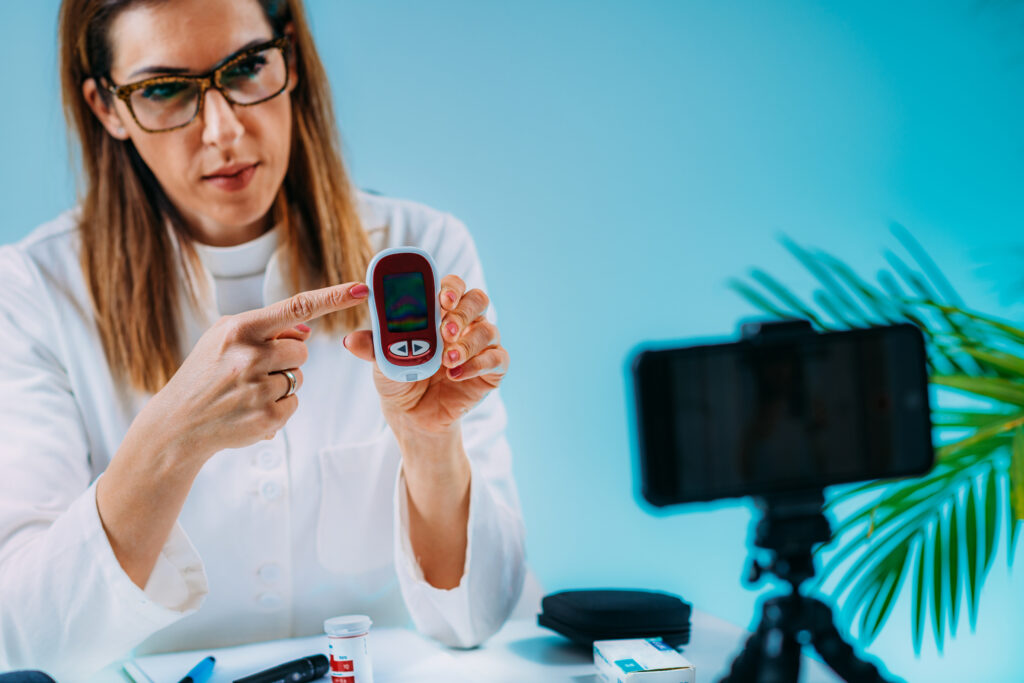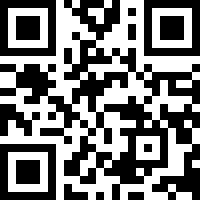By Cameron Dang
What to expect in the coming future.
Several months into the sluggish war with the coronavirus, life has begun to adapt to stay-at-home and social-distancing protocols. Restaurants open at half-capacity, schools rely on hour-long zoom lectures, and people work remotely using whatever devices they have at their beck and call. In a similar fashion, the healthcare industry must take the appropriate steps for adapting and shifting to telehealth.
While telehealth and remote patient monitoring (RPM) have been used before the pandemic, it never quite took off. The idea of contacting, communicating, and helping diagnose/prescribe treatments for patients over the phone, through video calls, or other wireless devices were mostly neglected in favor of in-person meetings — a standard doctor’s check-up.
However, the pandemic has rendered in-clinic check-ups not quite viable, thereby accelerating the usage and development of telehealth and remote patient monitoring. Just like other industries and aspects of life, healthcare needs to take steps to readjust. And something that we need to be aware of is that telehealth, which has been growing in significance due to social distancing measures and such, may not simply be abated even if the virus and its corresponding measures begin to dissipate. The pandemic may simply be a catalyst to the shift to the soon-to-be future of telehealth and online monitoring.
As described by the CDC, there are three main points to acknowledge with telehealth, those being: synchronous healthcare treating, asynchronous, and remote patient monitoring. Synchronous healthcare treating and asynchronous healthcare treating simply describe the means of how the patient and the doctor/healthcare provider communicate. Synchronous (as in same time) refer to the patient and doctor using devices such as video calls or phone calls to communicate in real-time, while asynchronous refers to patients and doctors using communication means that may not be in real-time, such as emails, messaging systems, or types of cloud-storage systems, where messages and images can be stored and accessed at later times. These two can, however, be used simultaneously.
Before the pandemic, Kaiser Permanente dermatology appointments had patients come to the dermatology center where they would meet in-person with a doctor/nurse. However, since that is not an option now, Kaiser switched to a form of telehealth that utilizes both synchronous and asynchronous patient monitoring. Patients would send in pictures of their skin (asynchronous), where doctors and nurses would be able to access at any time, before having a one-on-one phone call (synchronous) between patient and doctor where patients would be able to converse and communicate about, for example, how their daily regiment has been going and if there has been an improvement.
Finally, remote patient monitoring refers to using devices to monitor a patient at any place, be heart rate, blood glucose levels, O2 saturation, etc. RPM requires both hardware, a physical device to monitor the patient, and software, to record and send the data so that doctors can safely treat and monitor the patient — essential for the future of medicine.
And as a company that anticipates the future of healthcare, DrKumo, a telehealth branch of IDLogiq, has been working diligently to provide not only a worthwhile RPM system during this pandemic but also a system that could definitely change the future of medicine even post-pandemic. Using a combination of software and hardware, DrKumo aims to provide a seamless and convenient connection between patient and doctor, a necessity as parts of society await the changes that will occur after the pandemic. It’s necessary to be cognisant of some inevitable changes in social norms and occurrences.


